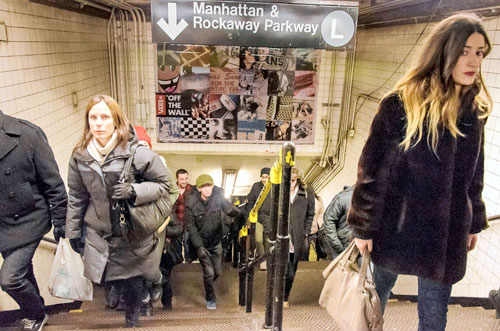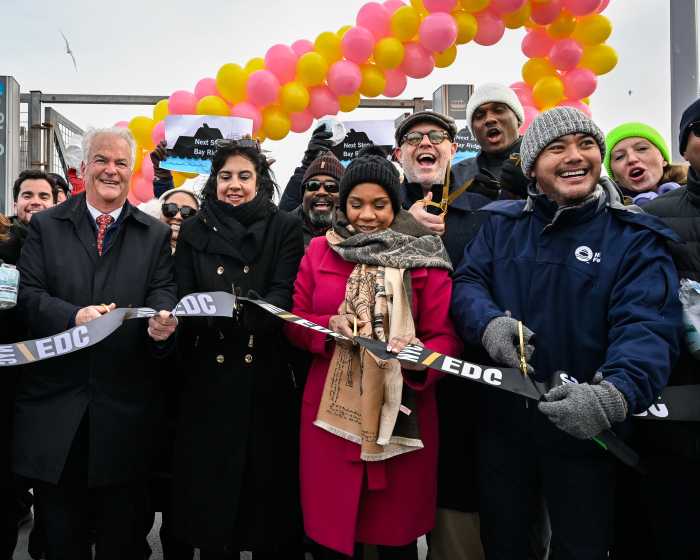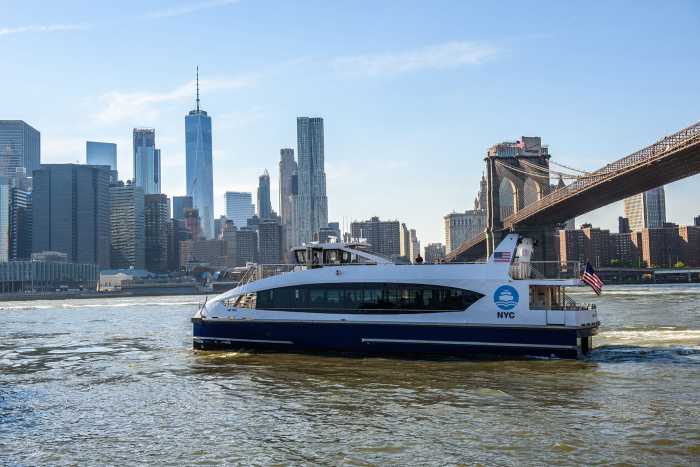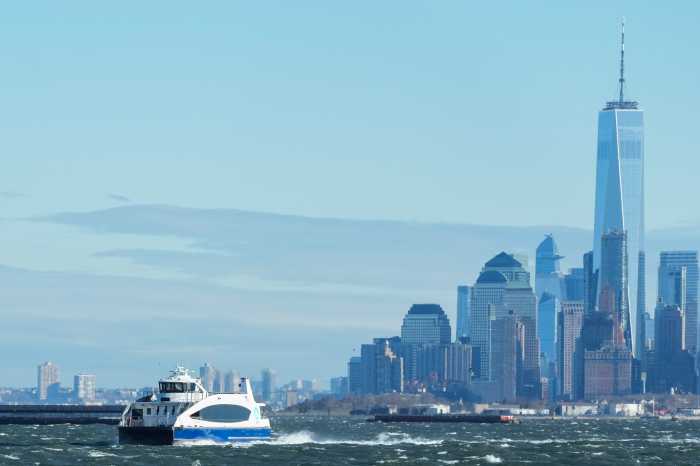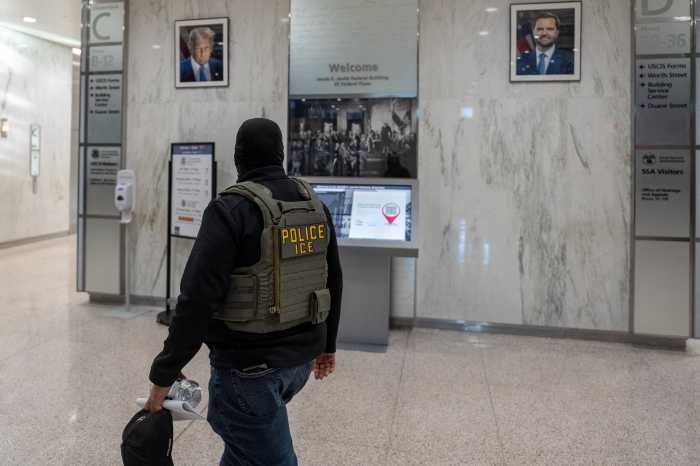State transportation leaders officially cancelled the L-train closure, stating Metropolitan Transportation Authority board members do not have to approve the new subway-repair plan Gov. Cuomo abruptly revealed on Jan. 3, despite his previous claims the panel would need to sign off on the scheme.
Now, the Authority is moving full steam ahead with its new plan, which no longer requires the two Brooklyn–Manhattan tunnels inside the line’s superstorm Sandy–ravaged Canarsie Tube to close for the duration of the job. Instead, workers will spend nights and weekends repairing one tunnel at a time, leaving the other free for L trains to travel their entire route.
“The total shutdown will not be necessary,” Authority leaders said in a Thursday statement. “We do anticipate a shutdown of one tube on nights and weekends, however service between Manhattan and Brooklyn would be scheduled 24-seven.”
The formal cancellation of the so-called L-pocalypse, which was set to start on April 27, came roughly two weeks after Cuomo called for pulling the plug on the previous repair plan his Administration spent more than two years putting together since announcing it back in 2016.
And the announcement came days after the city’s transit chief — who sits on the Authority’s 18-person board — doubted Cuomo’s claim that she and fellow panel members must approve the new scheme.
“Is the decision made or do we have any actual role here?” asked city Department of Transportation Commissioner Polly Trottenberg during an emergency meeting of the Authority’s board on Jan. 15. “I’m not hearing that we do quite frankly.”
The new scheme, which Cuomo revealed after touring the L’s Canarsie Tube with engineering experts from Cornell and Columbia universities in December, calls for work never before done in the United States, according to the governor. It is still expected to start in April and should take 15 to 20 months to complete, according to officials, who have yet to provide a more specific date.
But renovations made to the Tube under the new proposal — which calls for installing brand new electrical cables along the sides of the two tunnels instead of removing and rebuilding the so-called bench walls that now enclose storm-damaged cables — may only hold up for half of the 75–100 years that officials expected work done under the previous plan to last, according to another Authority board member.
“Saying to the MTA that this is going to last decades doesn’t really mean very much,” said Susan Metzger. “Forty years is just not as long as I would like to think.”
And the new plan also presents unique safety concerns, according to Trottenberg, who noted commuters now face a higher risk of exposure to a dangerous chemical called silica — which fills the air when cement is broken apart — than they would if the Tube is shuttered entirely.
“What if, one morning, the silica dust isn’t where it needs to be?” she said. “Silica is obviously one of the big reasons they gave for wanting to shut down the tunnel entirely.”
The head of the engineering firm contracted to perform the job assured board members that several rounds of air-quality testing will take place daily to ensure straphangers aren’t breathing in harmful toxins, noting the new plan requires less cement destruction, which will reduce the amount of silica released into the air.
“We’re reducing the amount of concrete that’s going to be removed. Silica mitigation is part of the overall plan,” said WSP bigwig Jerry Jannetti. “A third party that doesn’t have an axe to grind can evaluate the air quality.”


